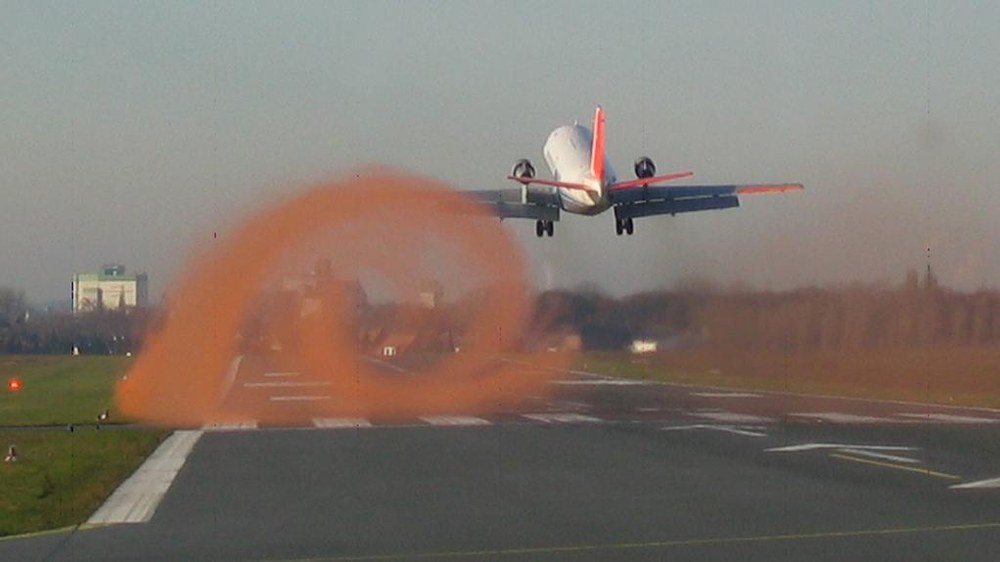Flight Mechanics

The expert group on Flight Mechanics evaluates the dynamic behavior of aircraft, regarding the specific operational limitations and atmospheric influences, e.g. wake vortices.
The focus is a holistic view of the flight systems in terms of flight performance, flight characteristics, controllability, emissions and registration issues. The evaluation of the flight mechanical properties is realised on the basis of specifically developed measurement and simulation data, e.g. the software tool MAPET (Model Based Aircraft Performance Evaluation Tool).
Flight experiments are prepared and executed in collaboration with the DLR department for Flight Experiments. The development and evaluation of new aircraft configurations like solar airplanes and the flying wing are additional topics of research.
